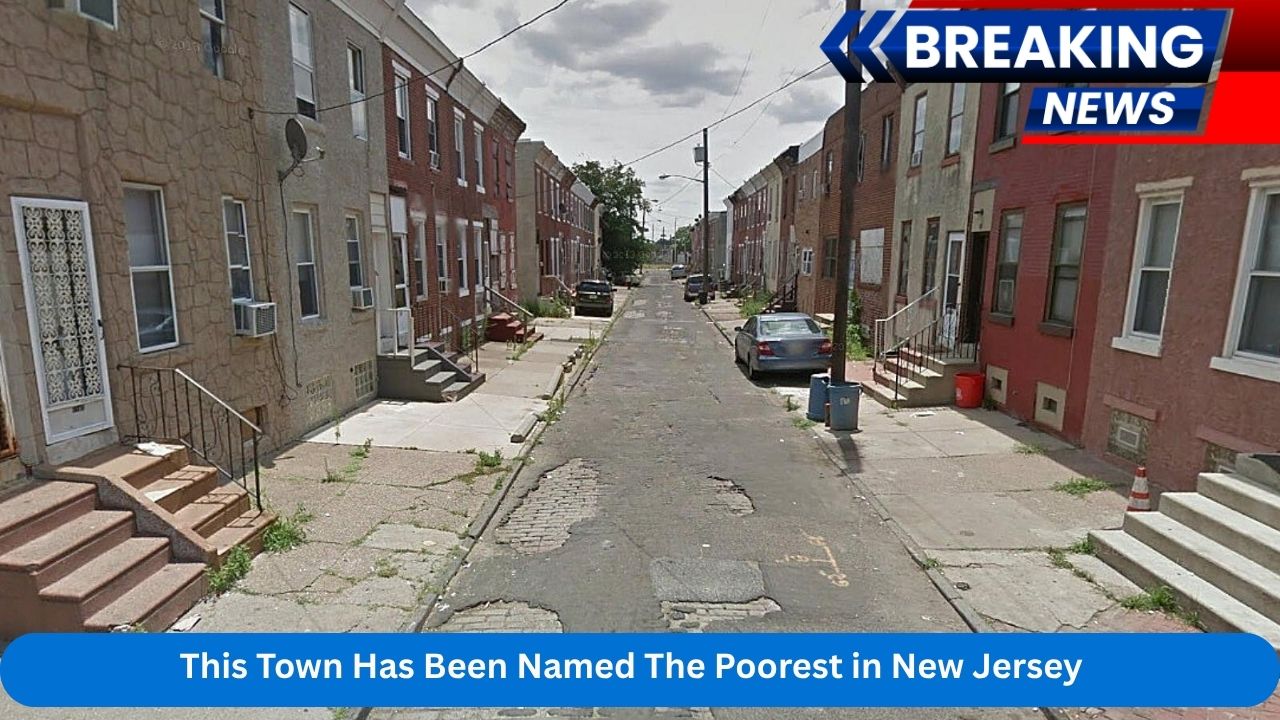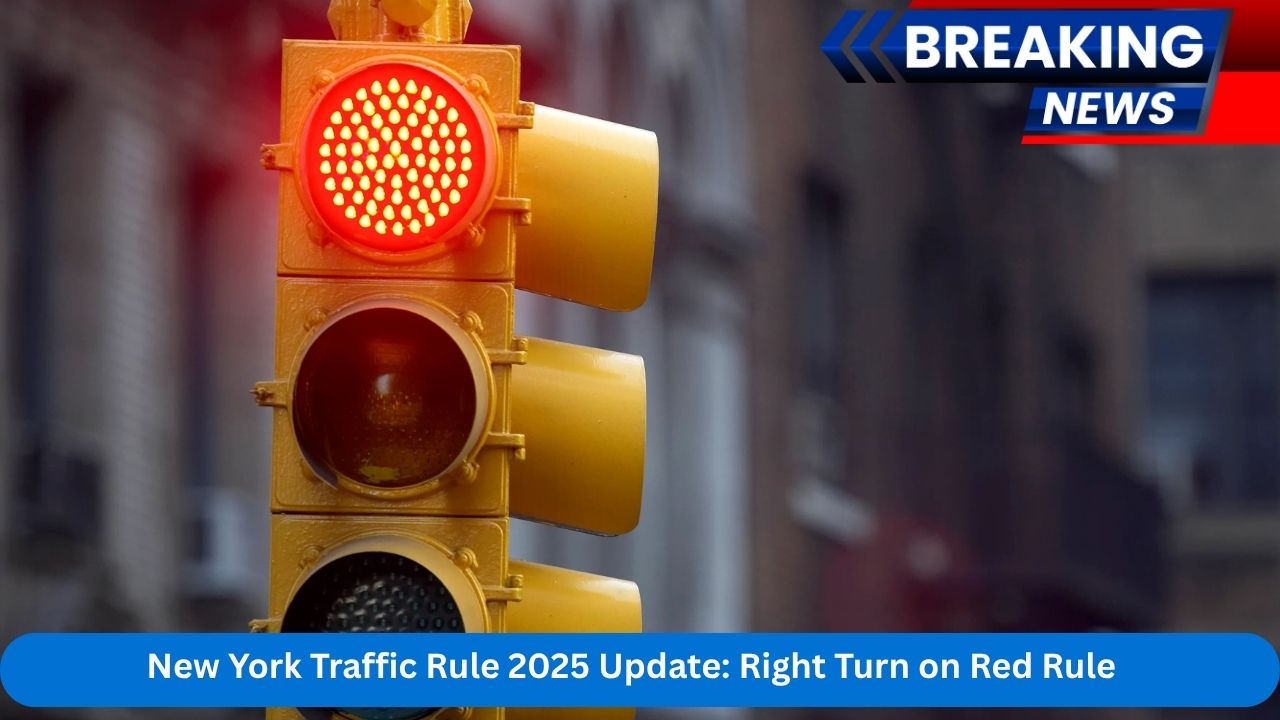New Jersey, often celebrated for its high incomes, top-tier schools, and prime real estate markets, masks deep pockets of economic distress. While the statewide median household income exceeds $90,000 and home values average over $350,000, select towns remain persistently impoverished. These communities grapple with poverty rates far above the state average and lack access to the opportunities that define much of suburban New Jersey. In this exploration, we uncover which town holds the title of “poorest in New Jersey,” examine the factors behind its plight, and assess how larger urban centers further complicate the state’s economic tapestry.
Penns Grove: Officially the Poorest Town in New Jersey
Penns Grove, a small borough in Salem County with just under 5,000 residents, was identified in a 2022 U.S. Census–based analysis as New Jersey’s poorest town (limited to towns with 1,000–25,000 people). Its alarming economic profile starkly contrasts with statewide numbers:
-
Median household income: approximately $29,800—just over 30% of New Jersey’s $97,000 average
-
Poverty rate: about 40.5%, versus the state average of only 9.7%
-
Share of adults with college degrees: around 13.3%, compared with New Jersey’s 42.3%
-
Median home value: roughly $143,400, versus statewide average near $401,400
These figures highlight a community facing multiple socioeconomic challenges. The borough’s population grew modestly—from around 4,655 in 2010 to 4,841 in 2022—yet that demographic shift didn’t translate into economic improvement, signaling entrenched local struggles.
Contextualizing Penns Grove: Beyond the Numbers
Why does Penns Grove lag so far behind? Several intertwined factors explain the gulf:
-
Legacy of industrial decline: Once home to manufacturing and processing facilities along the Delaware River, the borough lost many of those employers over recent decades. The departure of factories and mills left a vacuum, with few replacement industries providing comparable wages.
-
Educational challenges: Just one in eight adults hold a bachelor’s degree. Limited access to quality K–12 education and barriers to higher learning stifle upward economic mobility.
-
Affordable housing dynamics: Lower home values mean cheaper living—yet this may mask underlying issues like property disrepair, limited maintenance, or fewer resources for community investment.
-
Limited investment: Smaller towns like Penns Grove often struggle to attract infrastructure funds, business incentives, or revitalization programs that benefit larger municipalities.
How Penns Grove Compares to Its Regional Peers
Penns Grove is not alone in South Jersey’s pocket of low-income communities. Nearby boroughs and cities reveal patterns of shared hardship:
-
Salem City (Salem County) has a median income of approximately $35,100 and a poverty rate exceeding 30%.
-
Camden (urban center across the Delaware River) sees median incomes below $36,300 and widespread reliance on social safety nets.
-
Atlantic City hovers around the mid-$30,000 range with similar economic distress.
-
Other Camden and Cumberland County towns also struggle, though none approach the depths seen in Penns Grove.
These clusters paint a broader picture: South Jersey—particularly its older river cities—faces persistent economic stagnation, even as northern and suburban parts of the state boom.
Urban Realities: Camden as a Larger-Scale Struggle
While Penns Grove is technically the poorest “town” by population bracket, major cities like Camden contend with deprivation at greater scale. Camden, with over 70,000 residents:
-
Median household income: around $28,600—slightly lower than Penns Grove
-
Median home value: near $82,500, well below state average
-
Poverty & assistance: more than one-third of households receive SNAP or equivalent aid
-
Criminal justice impact: decades of disinvestment coincide with high crime rates; while crime has declined recently, the impact on community wellbeing remains harsh
-
Educational and health trials: schools and hospitals have long history of underfunding, and outcomes—like graduation rates and life expectancy—lag behind more affluent regions
Camden exemplifies urban America’s post-industrial decline: once a vibrant industrial hub, now struggling to revive and reshape amidst economic upheaval. Efforts at revitalization—like new corporate investments—have made inroads, but progress remains uneven and often confined to small pockets.
Lakewood and Salem Borough: Demographic and Economic Contrasts
Other towns sometimes surface in discussions of economic hardship:
-
Lakewood (Ocean County), despite a high poverty rate (~40.5%), has a median income near $47,500 and a unique demography: a strong Orthodox Jewish community (including one of North America’s largest yeshivas) alongside a substantial Hispanic population. The town’s economic profile is complex: a dense, rapidly growing population with deep income disparities.
-
Salem Borough (Salem County), frequently cited for its low median income (~$35,100) and high rate of SNAP dependency (~35%), struggles with health challenges linked to environment, healthcare gaps, and education shortfalls—factors echoed in broader Salem County poverty and life-expectancy patterns.
Although these towns are not the absolute poorest on paper, their socioeconomic patterns align with Penns Grove’s: limited earnings, deep reliance on aid, low housing values, and systemic disadvantage.
Poverty Beyond Income: Education, Health, and Life Expectancy
When analyzing truly distressed communities, income alone isn’t enough. Consider:
-
Educational attainment: In Penns Grove, Salem Borough, and Camden, fewer than 15% of adults hold a college degree—well below the national average. This educational gap cuts off access to higher-wage jobs.
-
Public health indicators: South Jersey counties—including Salem and Camden—report lower life expectancy (sometimes in the low 70s), compared to much of the state enjoying average lifespans near 80. Contributing factors: limited healthcare access, higher rates of chronic disease, hospital shortages, and environmental risks.
-
Youth opportunity and social services: High child poverty rates carry long-term consequences—school performance suffers, teenage pregnancy rates climb, and public safety strains intensify. Crowded schools, underfunded social services, and stretched municipal budgets reinforce the cycle.
All of these socioeconomic measures draw a complex map of disadvantage that stretches far beyond just “low income.”
Suburban and Northern New Jersey: A Stark Contrast
It’s impossible to understand New Jersey’s economic story without comparing its suburban north:
-
Luxury living: Towns like Alpine, Short Hills, Upper Saddle River, and Hoboken report median household incomes between $200,000–$300,000. Home values regularly exceed $800,000.
-
Education and health advantages: These communities enjoy college-educated adult rates above 60–70%, high-performing schools, and outstanding healthcare. Life expectancies near 82–84 years are common.
-
Infrastructure investment: Well-developed transit systems, vibrant commercial corridors, and frequent public-private partnerships support sustained growth.
-
Policy leverage: High tax bases fund robust social systems and attract businesses, deepening inequality relative to under-resourced regions.
This economic dichotomy—opulence and opportunity beside persistent poverty—defines modern New Jersey. In the north, residents enjoy elite suburban life; in the south, many lack basic economic footholds.
Drivers Behind the Divide
Several structural forces underlie New Jersey’s economic fault lines:
Historical economic trends
North Jersey benefited from diversification—finance, pharmaceuticals, media, technology—anchored by proximity to New York City. South Jersey relied heavily on manufacturing and port-related industry. As those sectors declined, there were fewer replacement opportunities.
Education and skills mismatch
North Jersey boasts top-tier public and private school systems. South Jersey districts often fall short in funding, testing, and college readiness—making upward mobility more elusive.
Infrastructure and transit
Commuter rail, airline access, and urban services connect North Jersey to opportunity; many South Jersey towns lack reliable transit or face long ride times to job centers.
Policy and investment bias
Economic development, housing subsidies, transit funding, and social programs often flow preferentially toward wealthier regions—and thus tend to further concentrate prosperity.
Healthcare access
North Jersey enjoys more hospitals, health systems, and specialists. In contrast, smaller South Jersey towns may lack primary care access, specialty clinics, and mental health services.
Stories Behind the Statistics
Behind these macro trends are powerful individual stories:
-
In Penns Grove, many families live paycheck to paycheck, juggling multiple low-wage jobs. Community organizations know few residents can afford college tuition without aid.
-
Camden has rolled out new waterfront development and corporate campuses—but for many existing residents, these remain out of reach. Gentrification fears grow as housing prices edge upward.
-
Lakewood’s unique mix includes thriving religious institutions offset by overcrowded schools and rising rental prices; new arrivals strain municipal services and challenge resource distribution.
-
In Salem, hospital closures and doctor shortages leave residents traveling long distances for care—disincentivizing preventative visits and worsening chronic disease rates.
These personal experiences reflect the broader cycles of underinvestment, opportunity deprivation, and slow recovery.
What’s Being Done—and What Still Needs Fixing
Across these challenged towns, diverse strategies aim to break the cycle—but results vary:
State and federal programs
New Jersey deploys assistance via SNAP, rental subsidies, and workforce grants. Camden has gained Enterprise Zone benefits and tax incentives. Yet critics argue funding is unevenly or inefficiently distributed—particularly in smaller towns like Penns Grove.
Education reforms
District improvement plans, charter school expansions, and college-access partnerships are underway in Camden, Salem, and other cities. But teacher retention is low, infrastructure remains sorely needed, and graduation rates still lag.
Health interventions
Community health centers have opened in underserved neighborhoods—but total coverage gaps persist. Mental health, addiction recovery, and maternal care are particular weak points.
Economic development
Revitalization projects in Camden and Lakewood are visible signs of change. But in Penns Grove, Salem, and similar towns, job creation remains limited—impacted by industrial decline and regional isolation.
Grassroots and nonprofit action
Local groups offer food drives, youth mentoring, housing repairs, skills training, and tenant rights education. These efforts provide vital support—though scale and long-term impact vary.
Looking Ahead: Bridging New Jersey’s Economic Divide
To truly uplift its most distressed communities, New Jersey needs a multi-pronged approach:
-
Invest in education equity
Direct more funding to underperforming districts, support early childhood education, expand job training, and build stronger pathways to affordable higher education. -
Expand transit and infrastructure
Improve regional bus and rail services to connect poverty-stricken towns with job centers. Enhance local infrastructure to encourage business investment. -
Health access for all
Boost community health investment—primary care, mental health, maternal care—especially in rural and economically distressed towns. -
Equitable economic incentives
Tie tax incentives and industrial subsidies to metrics like wage levels, workforce training, and community reinvestment—especially in struggling South Jersey towns. -
Support small business and entrepreneurship
Create microloan programs, business incubators, and mentoring for minority-owned and local businesses in declining communities. -
Strengthen safety net services
Expand affordable housing programs, food security, childcare, and legal aid to stabilize households, improve child outcomes, and retain workforce potential. -
Track, measure, and adapt
Regularly monitor poverty rates, education outcomes, health indicators, and employment trends at the municipal level. Tie state and federal funding to measurable improvement.
Conclusion: A Divided State in Need of Unity
Penns Grove—the poorest named town in New Jersey with a median household income under $30,000—and Camden, a vibrant city mired in deprivation, are emblematic of a broader crisis: economic opportunity remains profoundly unequal. On one side stands a state brimming with prosperity; on the other, pockets where basic needs go unmet, generational poverty persists, and hope is in short supply.
New Jersey’s challenge is clear: true prosperity means lifting every part of the state. It demands sustained commitment, shared investment, and policies designed to close the gap between thriving suburbs and struggling towns. By addressing the systemic roots of economic inequality—from education to housing, transit to healthcare—New Jersey has the potential not just to celebrate its success, but to ensure its prosperity is inclusive, enduring, and just.












Leave a Reply